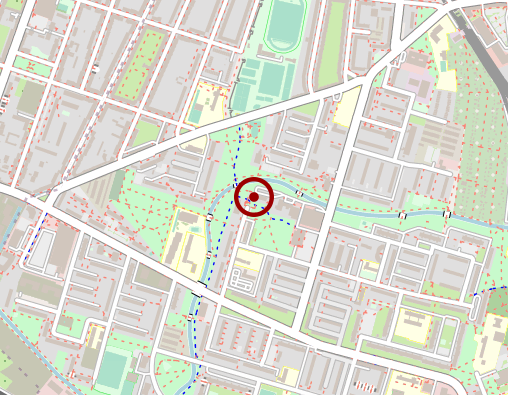

Finally, these spaces are ideal for experimenting with new work methods and promoting managerial and behavioral changes within teams. They are also an alternative to traditional office rental, appreciated by companies whose financial resources do not allow them to commit to firm leases or to invest in equipment. And coworking is one of the answers to these expectations, which are real challenges in attracting and retaining talent.Ī response to the need for flexibility in the companyĬoworking spaces are the auxiliary of the decentralization of companies and their internationalization, which generate an increased mobility of the employees in search of reliable and comfortable places to work when they travel. Whether the reason is generational or linked to past experience, employees make quality of life at work, cross-fertilization (mutual enrichment) and sharing of skills within the company, priorities. Telecommuting is facilitated and intrapreneurship is encouraged, allowing an employee to transform a project into a profitable activity within his or her company. Work organizations are thus emancipating themselves from the traditional vertical hierarchical model to favor transversality, conviviality and co-creativity between employees.
#Avenue jean mermoz berlin professional
Attached to the notions of autonomy and mobility, these digital natives find them in their professional life, companies integrating more and more practices from the collaborative economy in their management approach. This societal upheaval takes advantage of the digital technologies with which the Millennials generation has grown up and which will represent 1/3 of the active population in 2020. The rise of coworking is inextricably linked to that of the sharing economy, which, in response to the 2008 crisis, has stimulated the sharing of goods (cars, housing, parking, etc.), services (carpooling, do-it-yourself, etc.) and knowledge (online courses and tutorials, local exchange systems, etc.). At the end of 2017, 1.2 million people were working in nearly 14,000 coworking spaces on five continents.Īn ecosystem in tune with changes in the workplace The first official European spaces were then created, in 2007 in Barcelona, in 2008 in Paris and in 2009 in Berlin. But it was in 2006 in San Francisco, with the creation of the Hat Factory, the first full-time coworking space, that this new way of working really took off. In 2002, Austria was also a pioneer in opening the Schraubenfabrik, a community space for companies. In 1995, the first shared workspace was born in Berlin, considered as a precursor of coworking: the C-base, a hackerspace hosting an association of computer scientists.

And today, large companies are not left out since their employees represent nearly 40% of coworkers! Its first followers were freelancers from the digital economy (developers, web designers.), then joined by freelancers from all sectors (graphic designers, consultants, journalists, lawyers.), business creators and startups, students and digital nomads. Coworking has become a way of life for a very diverse public. The trend is confirmed in all major European cities where pure players, with means that are far from those of the coworking pioneers, live with local coworking brands. In relation to formats-informations… (format as support, interface).In just a few years, coworking has become a worldwide phenomenon. A situation of broadcast, reception, messages. “to sense an exhibition, not as a situation limited to an enclosed space (place), but related to its larger surroundings.


 0 kommentar(er)
0 kommentar(er)
